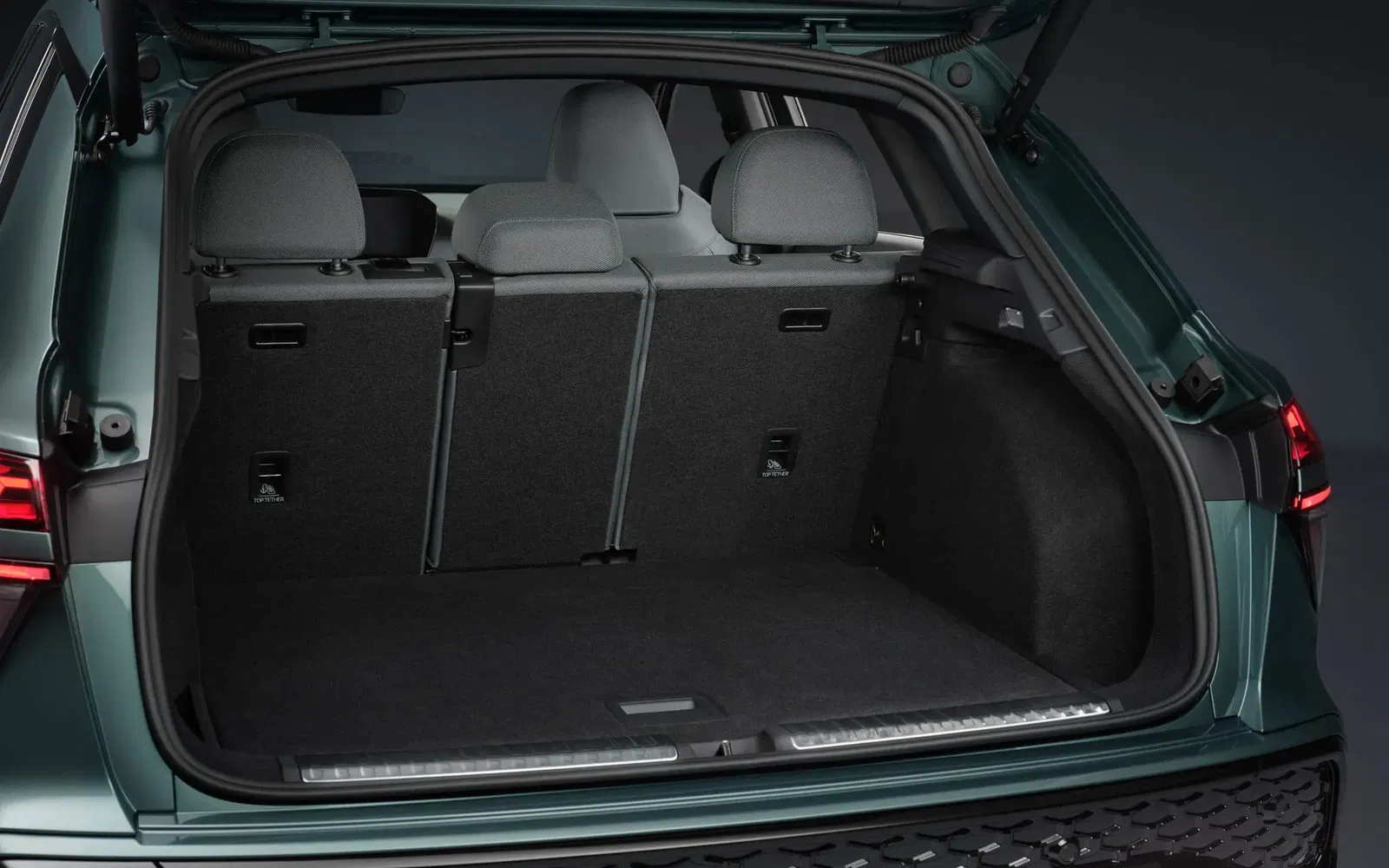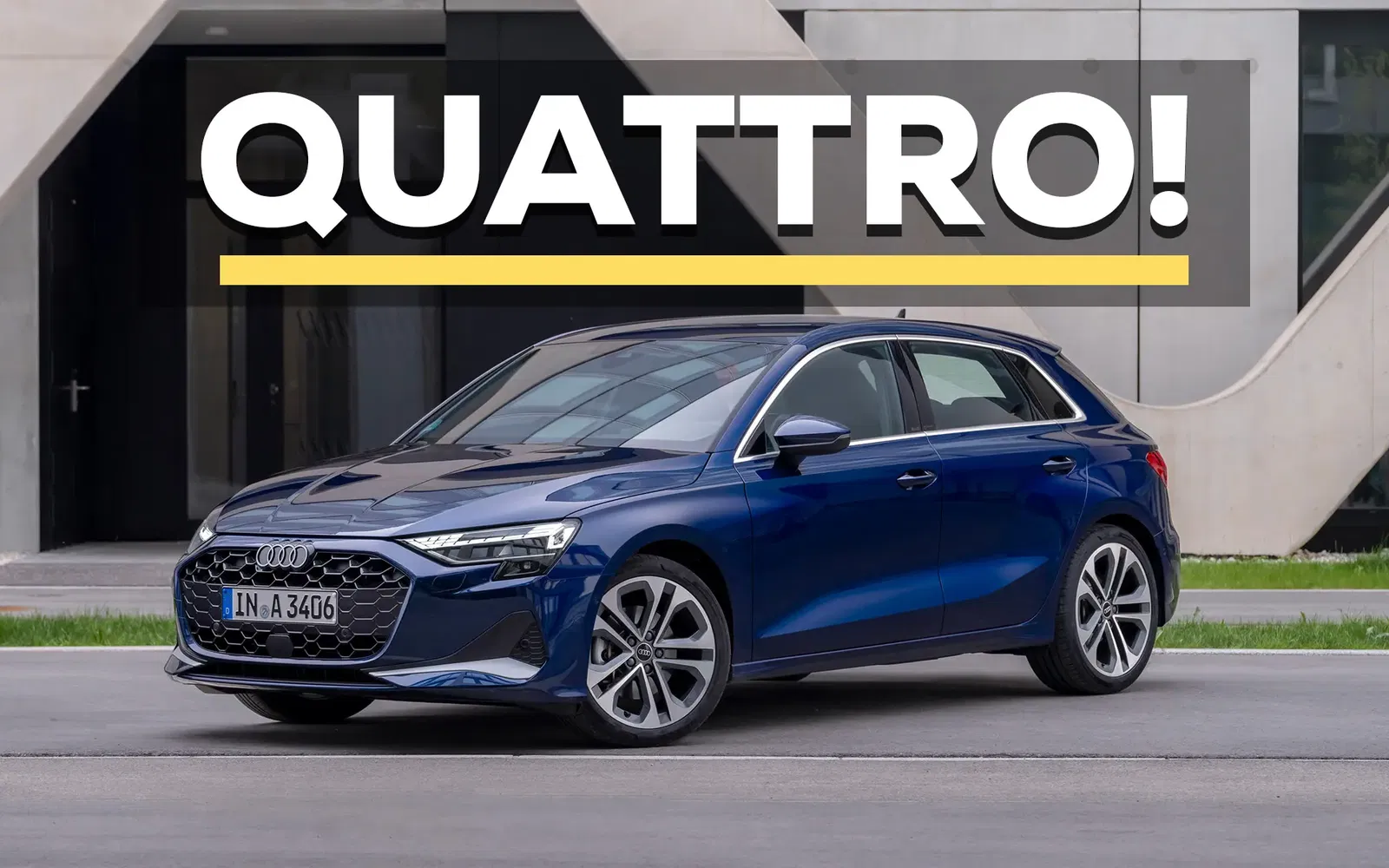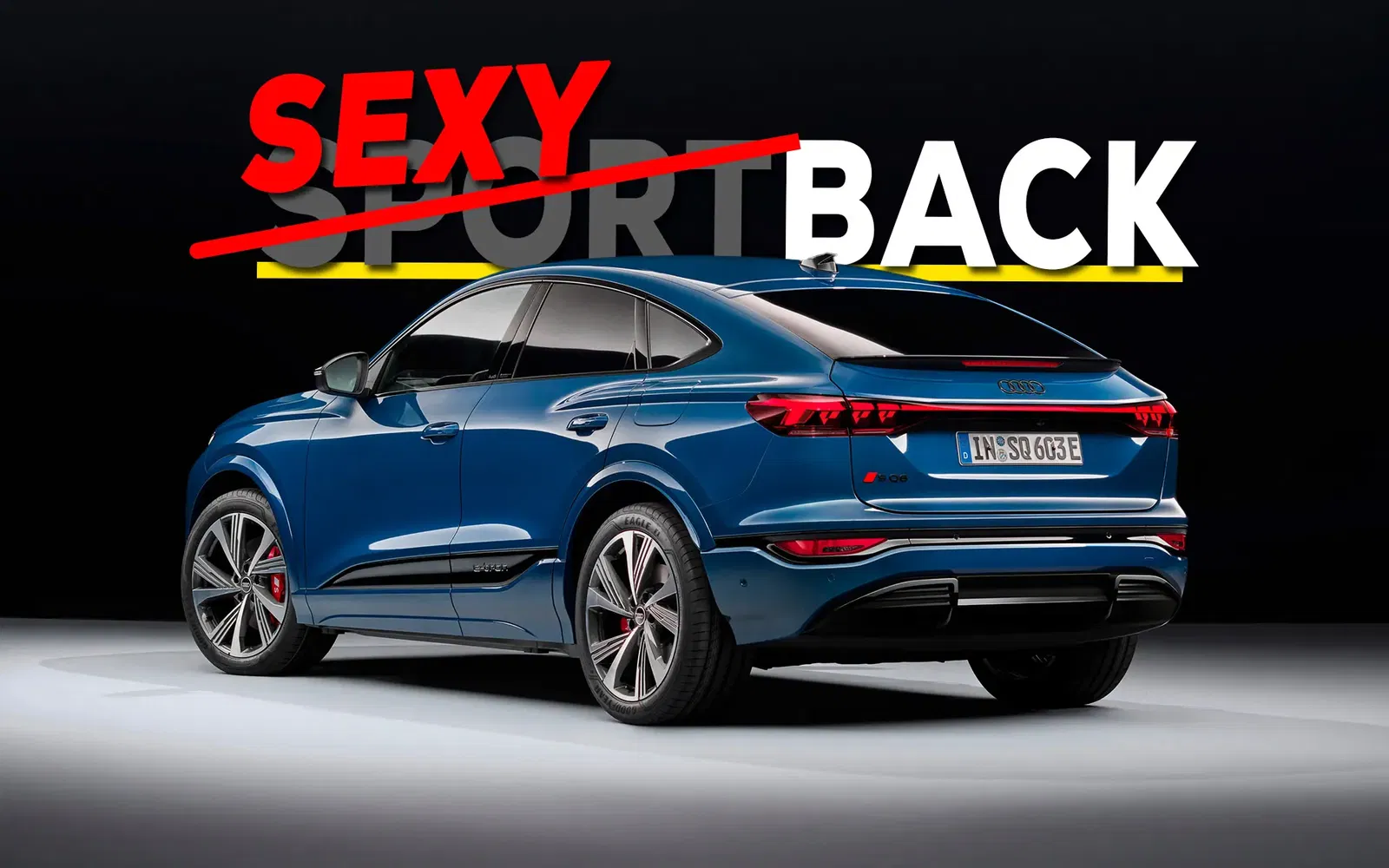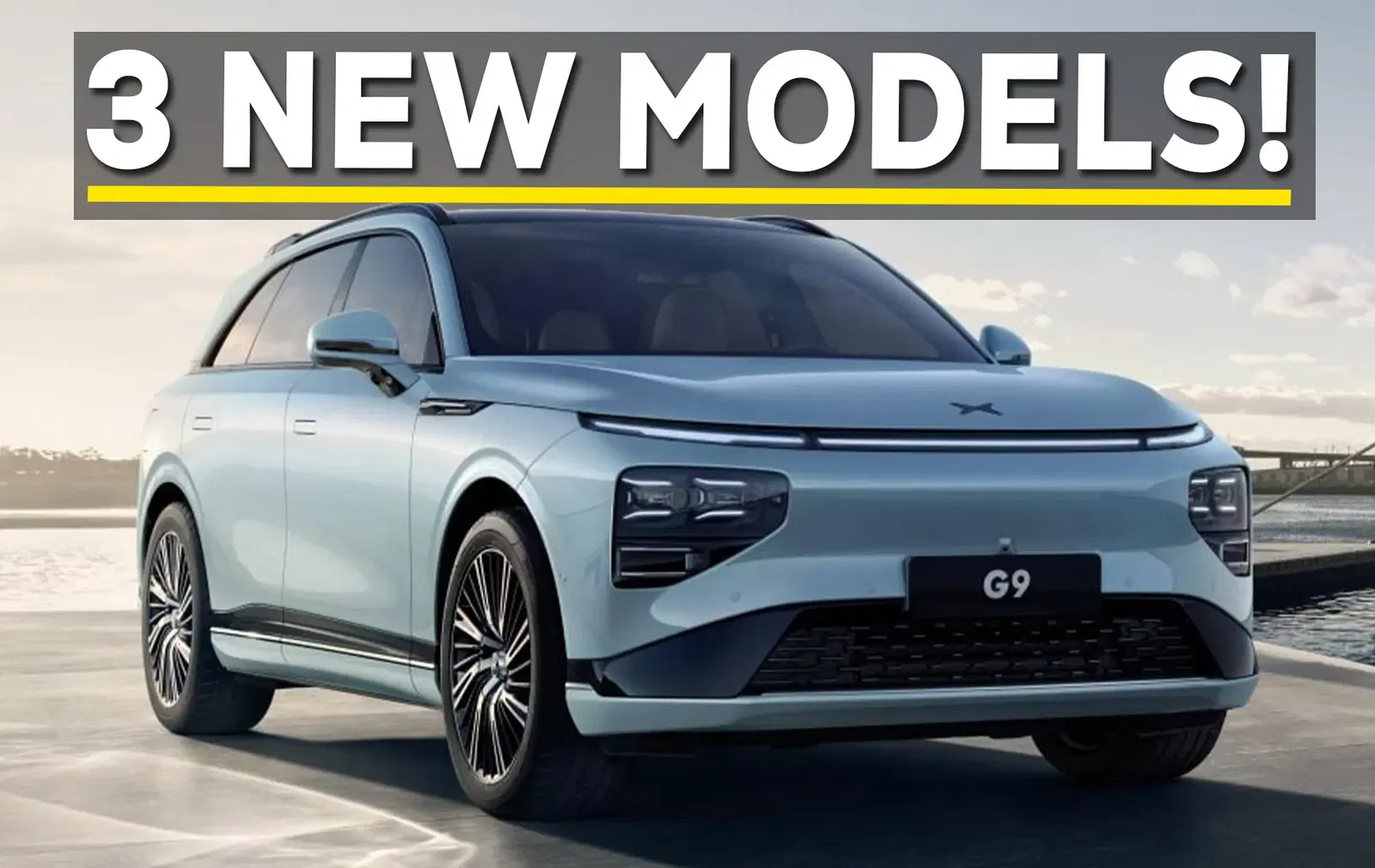Audi has unveiled the third generation of its Q3 compact SUV, set for launch in October 2025, featuring updated design, new hybrid powertrains, and advanced technology.
The new Q3 will initially offer a 110 kW mild-hybrid petrol engine and a 200 kW plug-in hybrid variant. The mild-hybrid petrol variant starts at €44,600 (approximately AU$78,942) in Germany, with the plug-in hybrid priced from €49,300 (approximately AU$87,261).

A significant update includes a new adaptive suspension system designed to improve the balance between comfort and dynamic handling. Optional upgrades include sports suspension and two-valve damper control, which actively adjusts damping forces depending on road conditions and driving behaviour.
The Q3 introduces digital Matrix LED headlights, a first for Audi’s compact segment, using a new micro-LED module comprising 25,600 light points. This system improves nighttime illumination and integrates closely with the driver assistance features to project information directly onto the road.
Lighting options also include digital daytime running lights with 23 individually controlled LED segments per side and optional digital OLED rear lights with animated functions.

Inside, the SUV receives a redesigned steering wheel control unit, removing the traditional gear selector from the center console to free up additional storage. A new curved panoramic digital stage combines an 11.9-inch instrument cluster and a 12.8-inch MMI touch display.
Acoustic glazing is available for the front side windows, a first in the compact Audi range, aimed at reducing wind and road noise at higher speeds.
Driver assistance systems include adaptive driving assistant plus, which supports longitudinal and lateral control, lane changes over 90 km/h, and trained parking, which memorises up to five individual parking manoeuvres of up to 50 metres.

Other assistance features include fatigue and driver monitoring, a new reverse assistant, intersection assist, and the emergency assistant which can bring the vehicle to a controlled stop and alert emergency services if the driver becomes unresponsive.
Sustainability features prominently, with interior materials made from recycled polyester, fast-growing wood trims, and Econyl—recycled nylon derived from industrial waste and old fishing nets.

The plug-in hybrid model delivers a total system output of 200 kW (272 PS) and 400 Nm of torque, combining an 85 kW electric motor and a 1.5 TFSI engine. Its 25.7 kWh battery (net 19.7 kWh) supports up to 120 km of electric range under WLTP testing and can be DC charged at up to 50 kW.
The Q3 offers up to 1,386 litres of cargo capacity with the seats folded and supports towing loads of up to 2,100 kilograms. Adjustable rear seats are standard, with sliding and reclining capabilities to optimise space.

Production of the new Audi Q3 will take place at Audi’s plants in Győr, Hungary, and Ingolstadt, Germany. Customer orders begin in summer 2025 ahead of the October global launch. Australian timings are yet to be confirmed.















FAQ
Sign up to our newsletter
Be the first to know when we drop new car reviews.
.avif)









